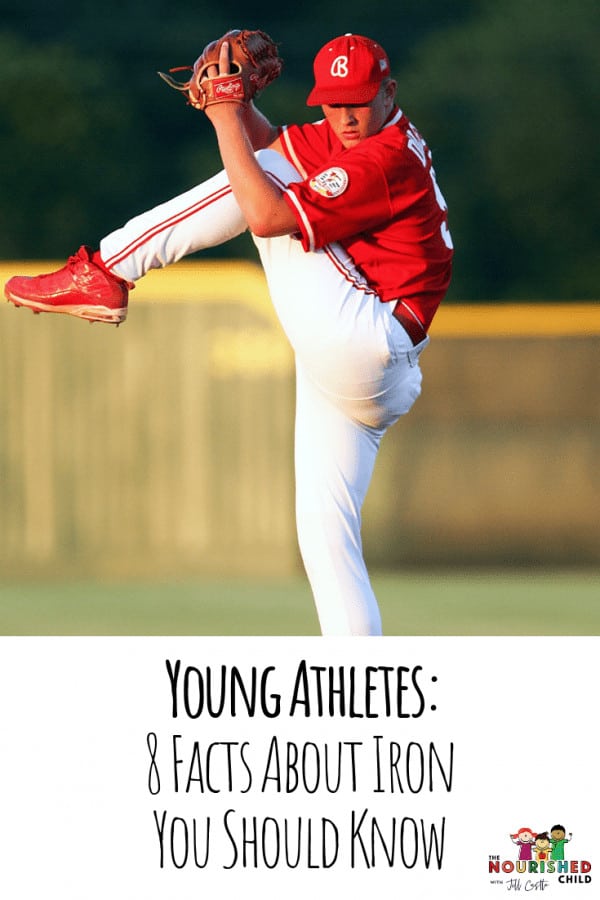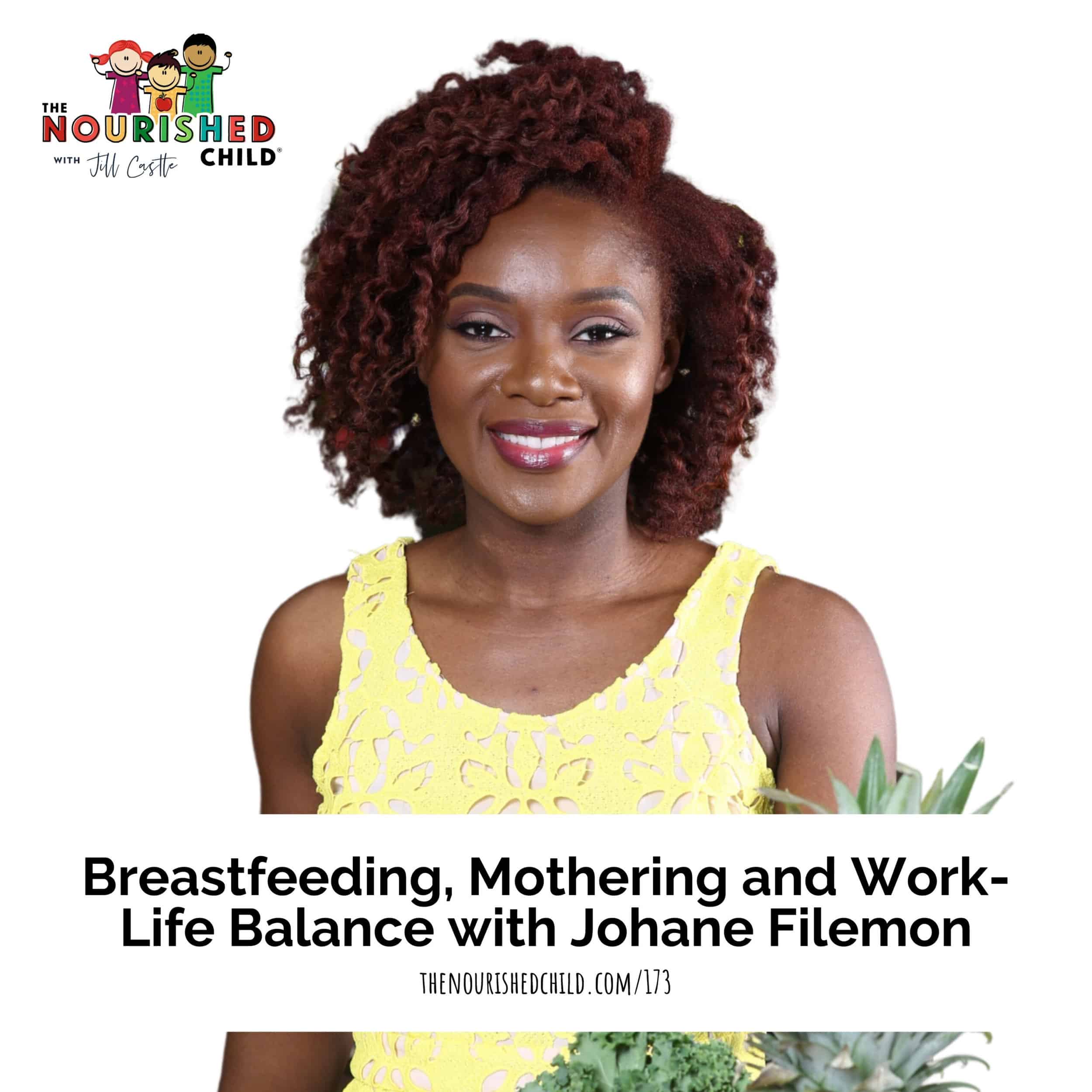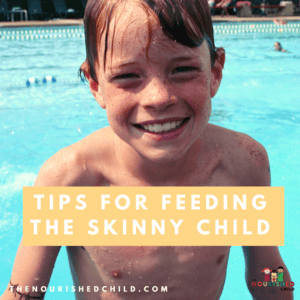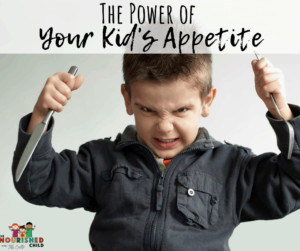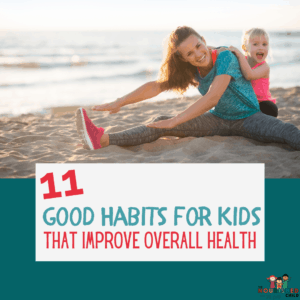5 Tips to Help Kids Eat More Fish
November 2, 2022
Want your child to eat more fish? More seafood? I don’t blame you.
Whenever I work with parents, I find myself asking whether or not their child eats seafood. More often than not, the answer is no.
The answer is typically followed by some sort of comment about how the parent knows it’s good for kids, and reasons why their child doesn’t eat fish.
I hear about struggles to find a fish dish their child will eat. I hear about the past rejections they have experienced when seafood was offered. Things like “Yuck!” or “It’s smells bad, Mommy.”
I even know parents who don’t eat fish as part of their own diet, so they’d never think to offer it to their child.
Even I have a fish story, flush with my own struggles to keep seafood a central part of my family’s diet. My husband is allergic to shellfish. I myself was not exposed to fish as a child, partly because I was raised in the “meat and potato” land of the Mid-West. My mom disliked the smell of it.
But that hasn’t stopped me from plugging ahead with a strategy to make seafood a family favorite. With persistence and consistency, my kids like and eat fish.
And, I know with a little extra attention in this area, your kids will too.
In this article, you’ll learn how to encourage your child to eat more fish and seafood, plus some practical information on the safest fish for kids.
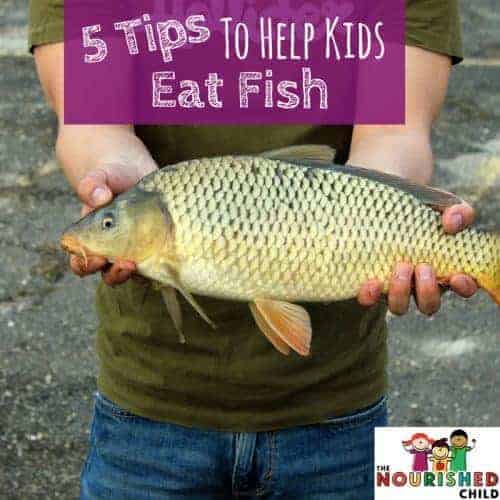
Eating Fish Has Many Benefits for Kids!
There are many benefits to eating fish, especially for children. First, fish is packed with nutrients for the brain and bones, such as omega-3 fatty acids, specifically DHA, and calcium and vitamin D, respectively.
Seafood is also a good source of protein.
For the biggest nutrient kick, you’ll want to choose a fatty fish like salmon or trout, as these are the highest fish sources of omega-3’s.
These nutrients and consuming fish as part of the regular eating pattern may armor your child against heart disease, stroke, depression and more.
In very young children, some of the nutrients you’ll find in fish (i.e., DHA, choline, protein and iron) are tied to the neurodevelopment of the brain.
READ: Is it Okay for my Child to Follow a Pescatarian Diet?
The Best Fish for Kids to Eat
I like to say all seafood is good to eat, however, some versions carry healthy nutrients and are considered easy on the health of the ocean.
The Super Green List produced by the Monterey Bay Aquarium considers both the health of humans and the ocean.
This list also represents low mercury and high omega-3 levels (at least 250 mg/serving).
High Omega-3 and Low Mercury Fish:
- Atlantic mackerel (from Canada and the US)
- Freshwater Coho salmon (farmed in the US)
- Pacific sardines (wild-caught)
- Salmon (wild-caught, from Alaska)
- Salmon, canned (wild-caught, from Alaska)
Moderate Mercury and Omega-3 Content:
- Albacore tuna (from US or British Columbia; caught by trolling or pole-caught)
- Sable fish/Black Cod (from Alaska and Canadian Pacific)
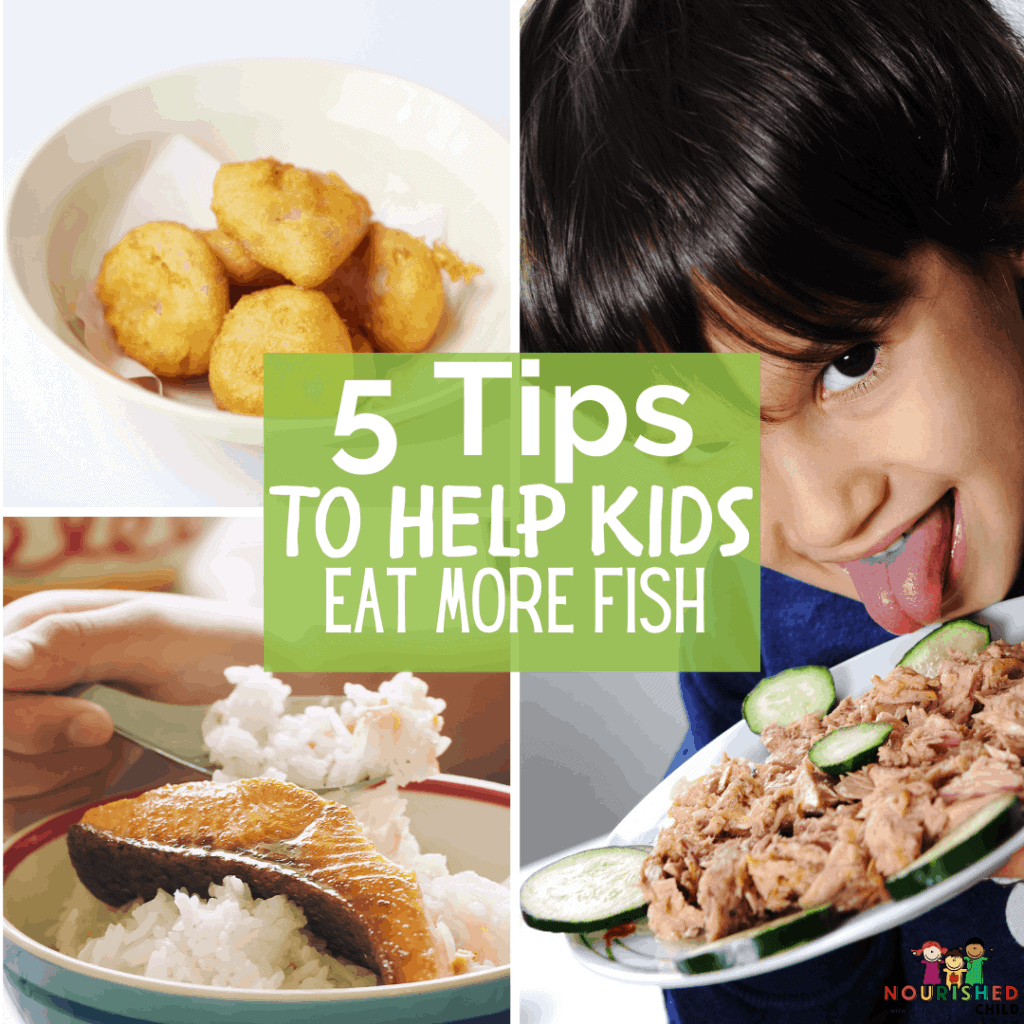
Safe Fish for Kids to Eat (Lowest Mercury Content)
There is confusion about the safety of seafood for kids to eat, as some fish are contaminated with metals like mercury.
What are good fish for kids to eat?
According to the Environmental Defense Fund’s Seafood Selector and the Monterey Bay Aquarium’s Seafood Watch, the following are the safest fish to eat:
- Wild salmon (fresh, frozen or canned)
- Arctic char
- Atlantic mackerel (limit consumption of Spanish and king versions as they may be higher in mercury)
- Sardines
- Sable fish/Black cod (limit to 2 servings per month for children due to moderate mercury content)
- Anchovies (high in omega-3’s and low in mercury)
- Oysters
- Rainbow trout
- Albacore tuna (caught from the North Atlantic ocean or the Pacific ocean; limit to two servings per month in children under 5 years due to moderate mercury content)
- Mussels
- Pacific halibut (limit to two servings per month in children under 5 years due to moderate mercury content)
- Rockfish
- Catfish (raised in the U.S. only; other countries of origin may be contaminated)
For more guidance on mercury in fish, read the new guidelines from the Food & Drug Administration.
How Much Fish Should Kids Eat?
According to the FDA, children should eat one to two servings of fish per week, beginning at age 2.
With the new research about introducing food allergens to infants, cooked fish is an okay food in the first year of life (after 6 months of age). Just choose low mercury options and make sure it’s cooked. The 2020 Dietary Guidelines suggest 1 ounce per week for children under 2 years.
For a child over age 2, one serving of fish is about 2 ounces. The serving size will increase as your child gets older. For reference, a serving size of fish for an adult is 4 ounces.
If you want more guidance on starter portions for children, see my guide.
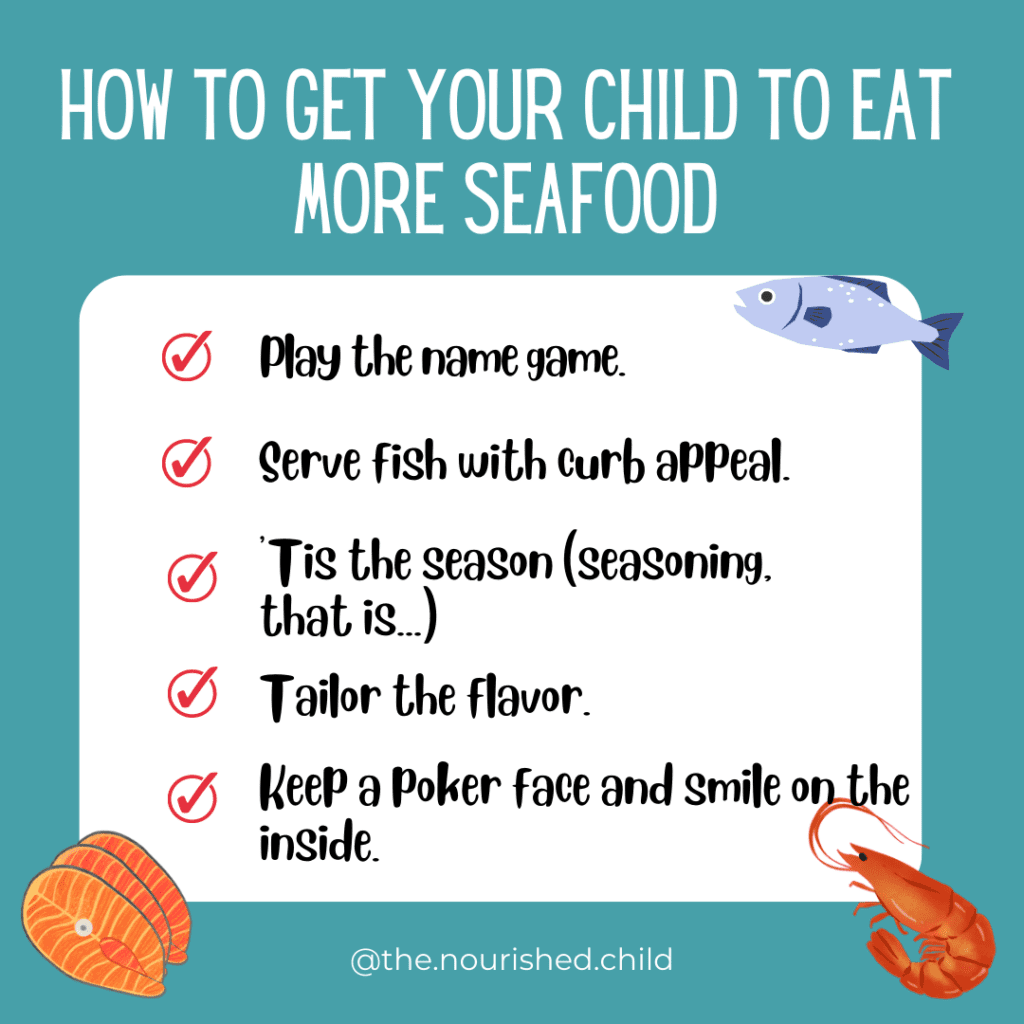
How to Get Kids to Eat More Fish
So how do you get kids to eat seafood? First, pick a mild fish like cod to begin with.
For my kids, the secret to getting them to eat and like fish was anchored in introducing it early as part of our usual menu, and including it on the menu regularly.
Patience and consistency are virtues in this endeavor!
If you missed out on the early introduction part, I believe it’s never too late to introduce fish to your kids. Even if you have your own seemingly insurmountable obstacles, go ahead and give it another try—you may reel in some willing eaters!
Here are some tips to help your child eat more fish…and like it!
1. Play the Name Game
Providing fun and familiar names for fish can ease your child’s natural skepticism.
Use terms such as pink fish (salmon), shrimpy shrimp (shrimp), looney-tuny (tuna), and white fish (cod).
Be open and honest with the real names if asked—you don’t want your child to feel that something fishy is afoot.
2. Serve Seafood with Style
Kids are swayed by the appearance of food, and this alone can determine whether a child will try fish or not.
Boost the eye-appeal and get creative with your presentation: Fish skewered on sticks, sautéed on a bed of pasta, grilled, baked in a boat, or crisped in the oven.
Kids also like the “make your own approach.” Try fish tacos, served deconstructed-style for a create your own, child-centric take on fish tacos.
3. ‘Tis the Season!
Most kids I know like flavor, but many parents go for bland fish out of fear of rejection rather than boldly offering new foods and flavors to their kids.
From basic sea salt to more complex spices or sauces, kids like food that tastes good.
If your child shies away from combined or “dressed” foods, provide sauces or seasonings on the side for dipping.
4. Tailor the Flavor
As mentioned above, the best first fish will be mild in flavor.
Shrimp, halibut, salmon are good first options.
Whether crunchy, cheesy, lightly browned or mildly spiced, children have their food preferences.
By making your own fish entrees, you can tailor the flavor to your family’s preferences and keep the odds in favor of fish favorites.
Try this popular fish finger recipe.
5. Keep a Poker Face and Smile on the Inside
When introducing fish to children, it’s best to keep a neutral attitude and feeding style. Leave your emotions in the kitchen and remember that introducing fish is an adventure!
If you’re tempted to cheer or clap when your child takes a bite, or show disappointment when it doesn’t work out, know that this may ultimately influence how your child feels about fish.
How are you doing with helping your child eat more fish?
Can Babies Eat Salmon?
Absolutely! In fact, it’s desirable and beneficial for babies to eat seafood in the first year of life to help prevent food allergies to fish and shellfish.
Salmon is a perfect first food for babies and wild sources are considered some of the safest fish to eat for all kids.
Once your baby can feed himself using finger foods, try chopped, poached salmon, puree salmon and swipe on toast, or make mini salmon cakes.
Need More Help Feeding Your Child?
Check out my parent nutrition education classes on The Nourished Child. I also have guidebooks and on demand videos and a popular podcast to help you raise a good eater!

This post was updated in November, 2022.

